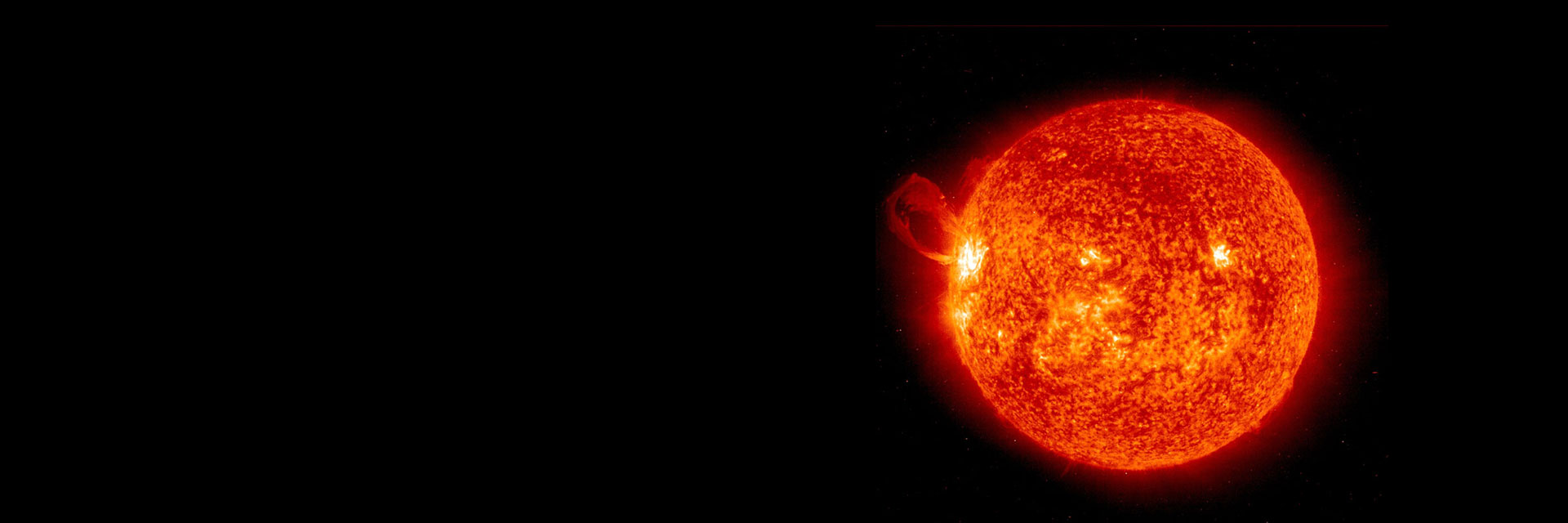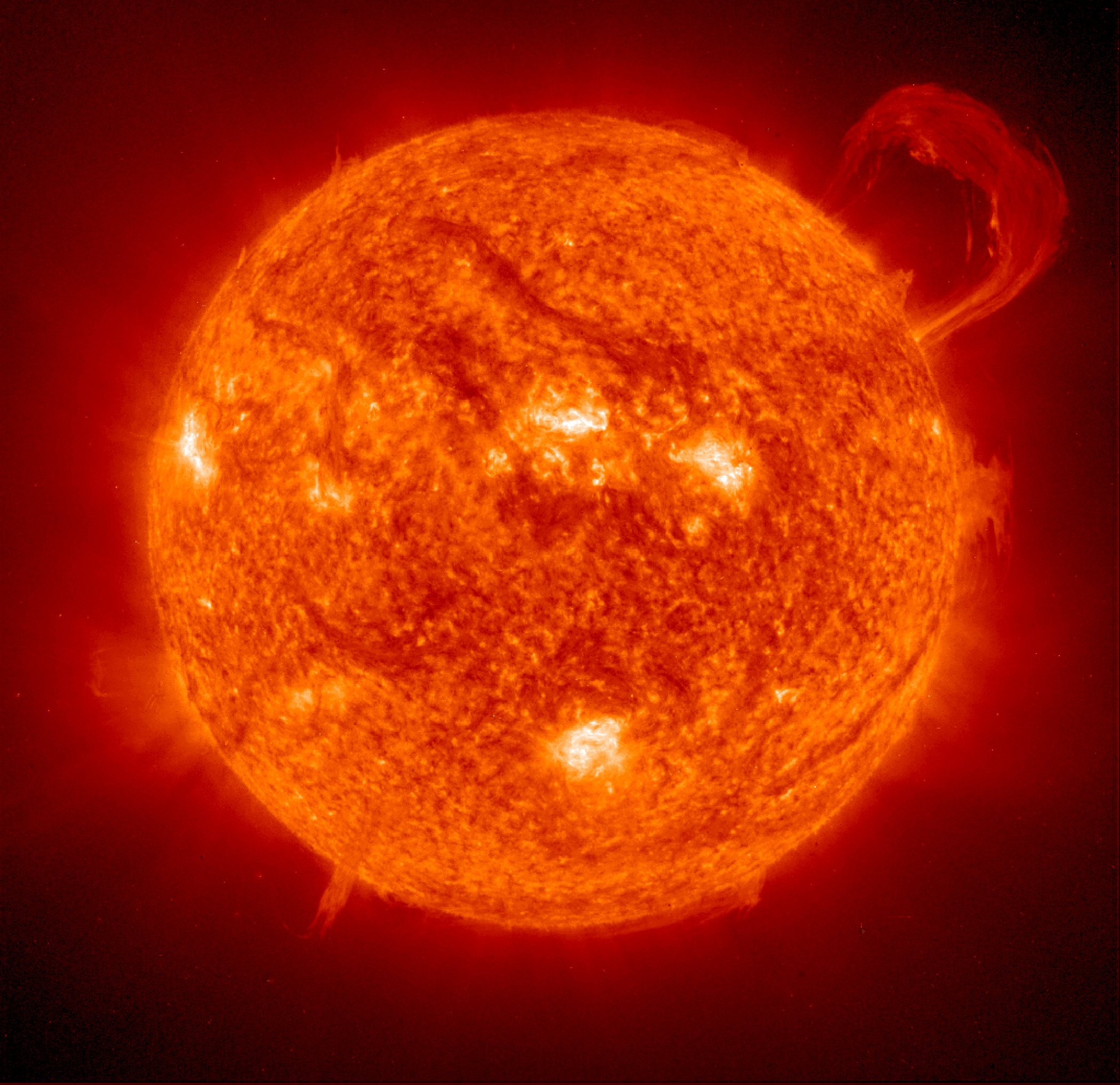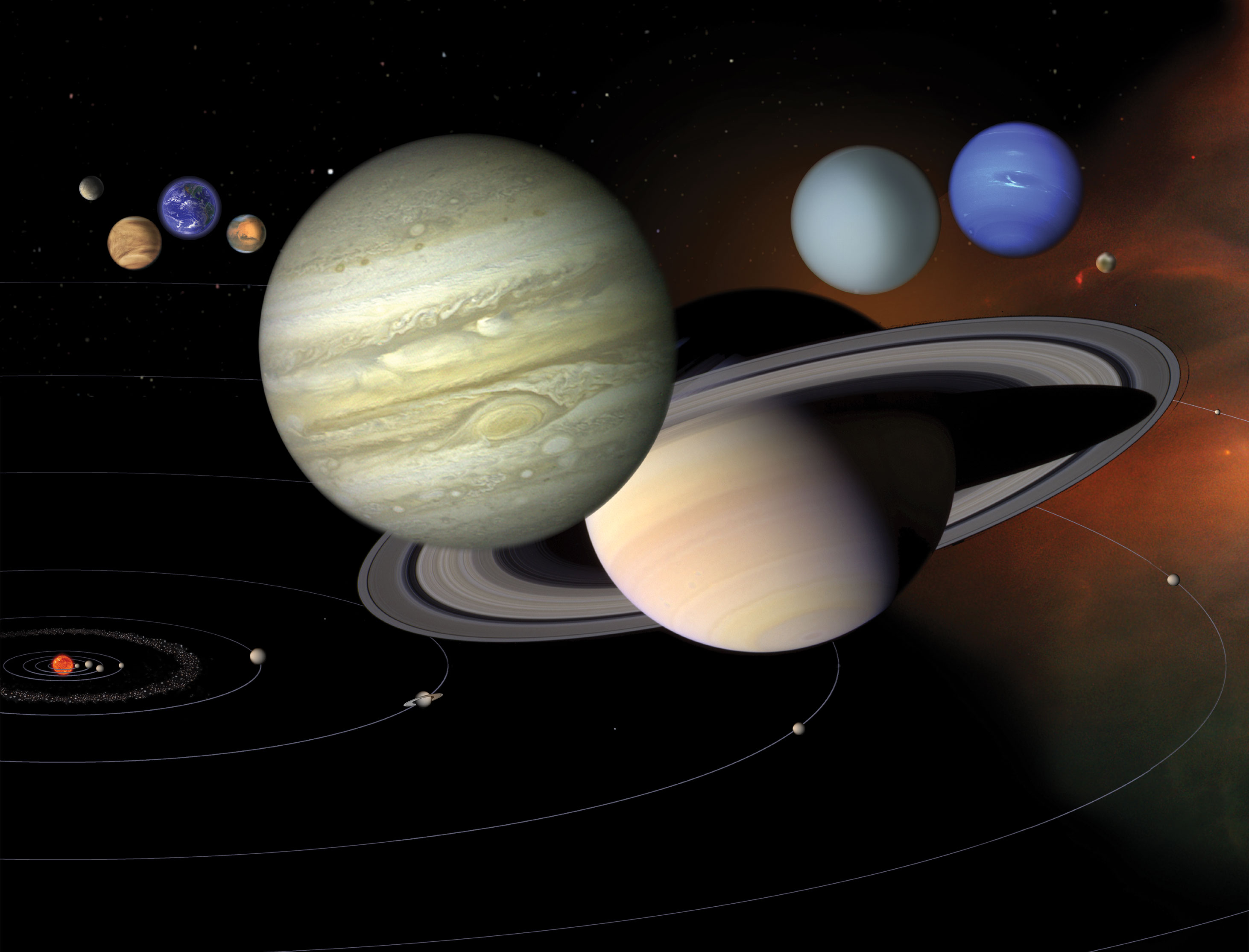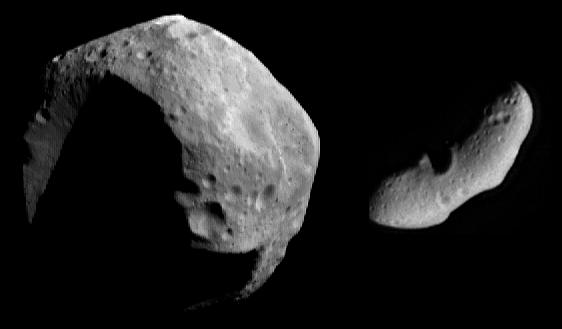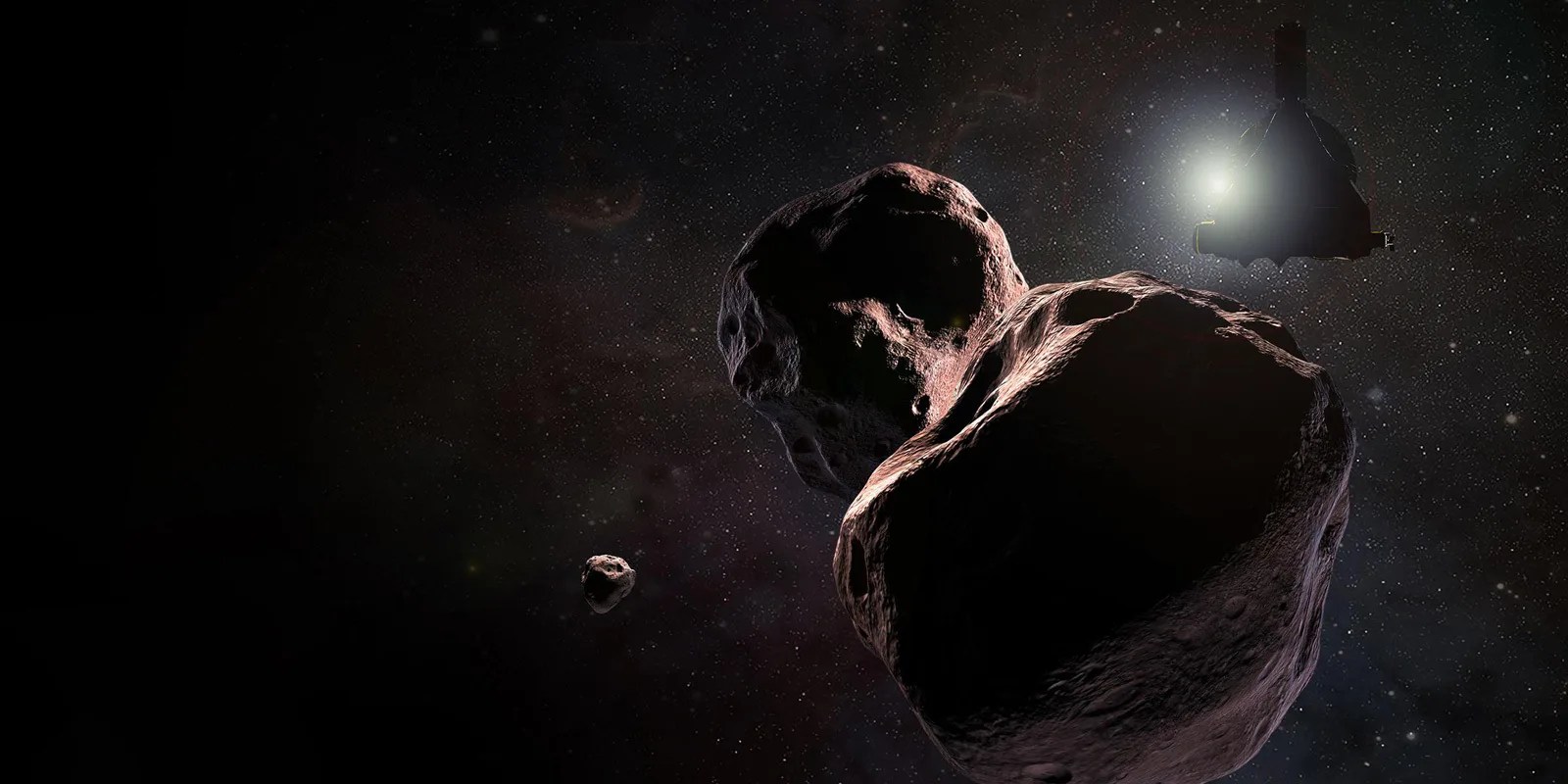Expanded from question one of the big three heliophysics investigative questions: What are the impacts of the sun on humanity? Learn more ›
The Sun has a radius of about 435,000 miles (700,000 kilometers) and is 100 times wider than Earth and 10 times wider than Jupiter. At the center of the solar system, the Sun’s gravity influences the orbits of planets, comets, asteroids, and Moons. The motions of these objects cause phenomena on Earth that include seasons, Moon phases, and solar and lunar eclipses.

Best Practice! Using Guiding Questions to Drive Inquiry
Each big idea has student-friendly questions written at different levels that you can use to guide inquiry-based investigations at the appropriate level. Explore this big idea at each level below, with featured resources you can engage learners with.
Introductory Learner
Guiding Question: What causes the changes we see in the sky each day, month, and year, i.e. light, shadows, and positions of objects?
Standards: PS2, ESS1
Heliophysics Narrative:
- Earth orbits the Sun; the Moon orbits Earth. These motions, caused by gravity, create patterns of night and day, months, years, and seasons.
- At this level students know that the Sun is the center of the solar system, and that the planets revolve around it. By grade 5 students are using data in graphical displays to reveal patterns of daily and seasonal changes seen in the sky, and begin to form a model of the solar system (5-ESS1-2). Students know that the gravitational force of Earth acts upon objects on Earth's surface because of the size of Earth (5-PS2-1).
- Connect to the Sun by emphasizing to students that it is the Sun's size that makes it the most gravitational object in the solar system. This is an opportunity to have students explore the size of Earth compared to the Sun, using different types of models. Ask students, if big objects like Earth have gravity, what kind of gravity do you think the Sun has?
- Extend student exploration of scale to the size of other objects in the Solar System, like Jupiter, and even to the size of other stars in our galaxy. Try using a basketball and a pea to model the scale size between the Sun and Earth.
- Support beginner/younger students observing patterns in the sky (1-ESS1-1,2) by modeling, collecting data, and making predictions.
- Challenge students at the next level by having students describe the motions of objects in the solar system that explain their observations of patterns in the sky.
Featured Resource: Science of the Sun Elementary Unit Plan ›
Intermediate Learner
Guiding Question: How do the gravitational forces in the Sun-Earth-Moon system cause seasons, eclipses, and lunar phases?
Standards: PS2, ESS1
Heliophysics Narrative:
- Gravity is a force between two objects, and is determined by both the sizes of the objects and the distance between the objects. Even though the Sun is very far away from Earth, the Sun is very big, causing Earth to orbit around the Sun. Gravity influences the shape of the orbit, causing phenomena on Earth like solar eclipses.
- At the Middle Level students quantify their understanding of gravity by using data to analyze the scale of objects in the Solar System (MS-ESS1-3), explore how the mass of objects affects the force of gravity (MS-PS2-4), and how gravity affects the motions of objects (MS-ESS1-2). At this level students are also exploring the motions of the Sun-Earth-Moon system, for example lunar phases, eclipses, and seasons (MS-ESS1-1).
- Connect to the Sun by teaching students about how the shapes of orbits (elliptical) dictate patterns. And while the MS-ESS1-2 clarification statement emphasizes that the assessment does not include Kepler’s Laws of Orbital Motion, the first law, which says that the shape of planetary orbits is elliptical, is applicable to describing the difference between an annular solar eclipse and a total solar eclipse, and does not need to be quantified until the next level. GET READY for a US Annular Solar Eclipse, Sat. Oct. 14, 2023, and a US Total Solar Eclipse, Mon., Apr. 8, 2024.
- Extend student exploration by emphasizing that Earth stays in orbit, rather than going in a straight line, flying off into space, because gravity from the Sun holds it in place (MS-PS-2-2). To connect gravity to the space weather phenomena, consider that coronal mass ejections from the Sun are also influenced by the Sun's gravity - they start out traveling very fast, then slow down as the gravity of the Sun pulls back on them. If they got here faster, they would produce more pressure on the Earth's magnetic field.
- To support beginner students, revisit making graphical displays of patterns in the sky (5-ESS1-2).
- Challenge students at the next level to quantify Kepler's Laws of Motion, Newton's Law of Gravity, and explore orbital geometry.
Featured Resource: Modeling Meaningful Eclipses Activity ›
Advanced Learner
Guiding Question: Why don't we experience eclipses every month?
Standards: PS2, ESS1
Heliophysics Narrative:
- We don't experience eclipses every month on Earth because the orbit of the Moon is tilted with respect to Earth's orbit around the Sun, causing the Sun-Moon-Earth alignment needed for an eclipse to be less frequent. Eclipses only occur around the time of the equinoxes, which is a direct connection with the different orbital planes of Earth and the Moon.
- At the high school level, students are applying math to predict the motion of objects in the Solar System (HS-ESS1-4) and are quantifying Newton's Law of Gravity and Kepler's Laws of Motion (HS-PS2-4).
- Connect to the Sun by having students explore how the motions of Earth and the Moon are controlled by gravity (Newton) and how this determines the duration of eclipses and other variables that affect the appearance of the eclipse, for example the type of eclipse. The elliptical shape of the Moon’s orbit around Earth determines whether we experience an annular or total solar eclipse (Kepler).
- Extend student exploration by investigating why orbits change over time. Have them use their calculations to model how scientists predict future eclipses and to predict when the last total solar eclipse will be possible on Earth.
- Support beginner students by having them develop models for the basic mechanics of eclipses, including the stages of an eclipse (MS-ESS1-2,3).
- Challenge students at the next level by having them investigate the scientific breakthroughs made by scientists by observing the Sun during a total solar eclipse, including evidence used to prove Einstein's General Theory of Relativity.
Featured Resource: NASA Scientific Visualization Studio Heliophysics Galleries ›
What level are my learners?
Introductory: A younger learner (K-5), or a learner new to the subject matter.
Intermediate: A middle-aged learner (6-8), or a learner that has some familiarity with the subject matter.
Advanced: An older learner (9-12+), or a learner that has a lot of experience with the subject matter.
Note: Next Generation Science Standards (K-12) are mapped to the resources accordingly.
What is a NGSS Heliophysics Narrative?
NGSS Heliophysics Narratives support educators with the incorporation of heliophysics concepts and resources into their existing curricula. The narratives consist of relevant heliophysics background information, applicable NGSS performance expectations, and guiding questions to spark inquiry-based learning at the appropriate level.
Narrative Structure:
- Short answer to the question, for teacher background knowledge
- An analysis of NGSS Performance Expectations (PE) to determine learning constraints at each level
- Heliophysics topics that connect to the NGSS PE and can be infused into teaching systems science
- More heliophysics to explore
- How to support beginner learners
- How to challenge learners at the next level

